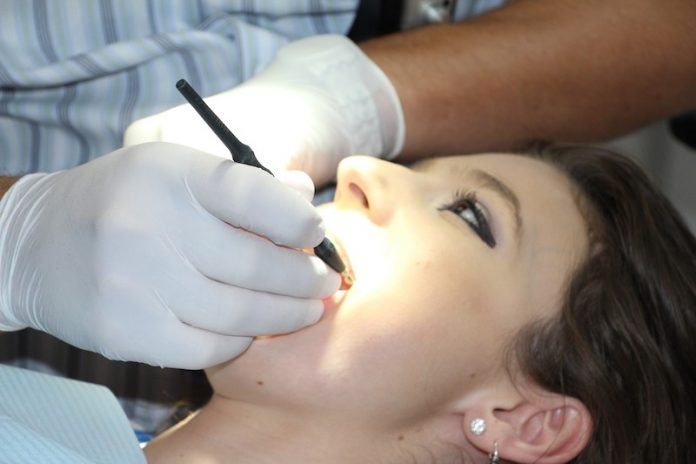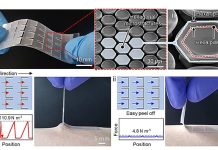
In a new study, researchers found that stem cells hold the key to wound healing, as they develop into specialized cell types throughout the body—including in teeth.
They found a mechanism that could offer a potential novel solution to tooth repair.
The research was conducted by an international team of researchers, including the University of Plymouth.
In the study, the team discovered a new population of mesenchymal stem cells (the stem cells that make up skeletal tissue such as muscle and bone).
They showed that these cells contribute to the formation of tooth dentin, the hard tissue that covers the main body of a tooth.
Importantly, the work showed that when these stem cells are activated, they then send signals back to the mother cells of the tissue to control the number of cells produced, through a molecular gene called Dlk1.
The gene called Dlk1 can enhance stem cell activation and tissue regeneration in tooth healing.
This mechanism could provide a novel solution for tooth reparation, dealing with problems such as tooth decay and crumbling (known as caries) and trauma treatment.
Further studies need to take place to validate the findings for clinical applications.
The team says stem cells are so important and they could be used by laboratories to regenerate tissues that have been damaged or lost due to disease.
The study is a big breakthrough in regenerative medicine that could have huge implications for patients in the future.
They hope the new method could provide dental patients better time and cost-effective solutions to serious tooth problems—from trauma to caries.”
One author of the study is Dr. Bing Hu from the University of Plymouth.
The study is published in Nature Communications.
Copyright © 2019 Knowridge Science Report. All rights reserved.



